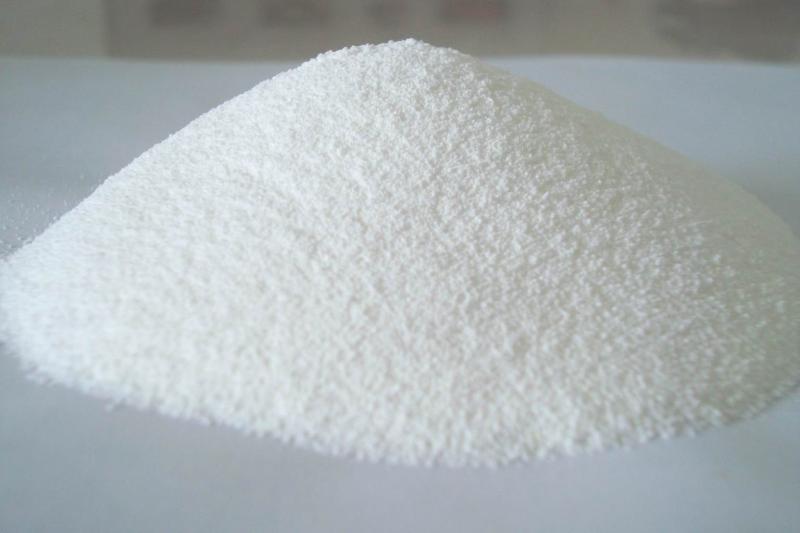Chemical Properties and Structure
Cupric chloride, also known as copper(II) chloride, is an inorganic compound with the chemical formula CuCl2. It is a greenish-blue crystalline solid that is highly soluble in water. Cupric chloride has a molecular weight of 134.45 g/mol and melts at around 214°C. Its crystal structure is that of cadmium chloride, with copper atoms surrounded octahedrally by six chloride atoms in a distorted octahedral geometry.
CuCl2 possess various unique chemical properties that make it a versatile compound with wide industrial applications. It is hygroscopic in nature and readily absorbs moisture from air. It dissolves in water to form copper(II) and chloride ions. Cupric chlorideexhibits paramagnetism due to the presence of one unpaired electron in the outer shell of copper. It also acts as a Lewis acid by accepting a pair of electrons from other substances.
Applications in Chemical Industry
One of the major uses of it is in the production of other copper compounds for industrial applications. When reacted with various reagents in controlled conditions, it yields important copper salts like copper sulfate, copper bromide, copper iodide, copper nitrate etc. These copper salts find diverse uses such as fungicides, pigments, wood preservatives etc.
Cupric chloride is commonly employed as an oxidizing agent in organic synthesis. It can oxidize alcohols into aldehydes and further into carboxylic acids. This property allows its use in manufacturing pharmaceutical intermediates and fine chemicals on an industrial scale.
As an efficient catalyst, it activates substrates and accelerates reactions. It finds application as a catalyst in manufacturing polymers like polyvinyl chloride (PVC) and as a catalyst in water treatment processes like wastewater remediation.
Applications in Wood and Textile Industries
In wood industries, it acts as a wood preservative when mixed with organic solvents like linseed oil or creosote oil. The green solution penetrates deep inside wood and protects it from fungi, termites and other microbes by imparting copper ions. This extends the service life of wood products tremendously.
Cupric chloride has unique coloristic properties and imparts varied shades of green, blue and gray colors depending on its concentration. It serves as a versatile mordant or color-fixing agent in textile dyeing. The chloride ions from it help attach dye molecules firmly onto fabric surfaces. This ensures excellent color fastness even after multiple washing. Hence, it is extensively used in dyeing of cotton, wool and silk fabrics in the textile industry.
Medical and Other Applications
In medical field, it finds niche applications such as disinfectant for oral healthcare products and antiseptic solutions. It exhibits biocidal activity against bacteria, viruses and other microbes due to the toxic action of copper ions.
Cupric chloride also serves as an etching agent and is used in microcircuits fabrication in semiconductor industry. Its solutions are employed for etching copper surfaces during circuit board manufacturing. When adsorbed onto silica gel, it acts as a convenient catalyst for hydrogenation reactions in petrochemicals industry.
In photography, it is utilized as a toner to impart reddish-brown shade to black and white silver gelatin prints. It forms complexes with gelatin and yields warm sepia tints in photographs. Due to its diverse properties, it remains an important industrial chemical with wide ranging applications across multiple sectors.
Get more insights on This Topic- Cupric Chloride
